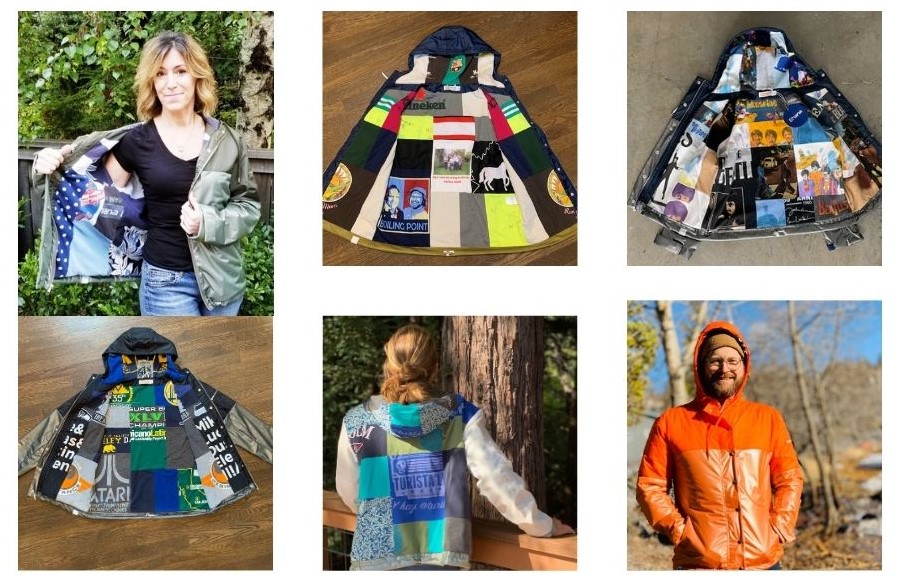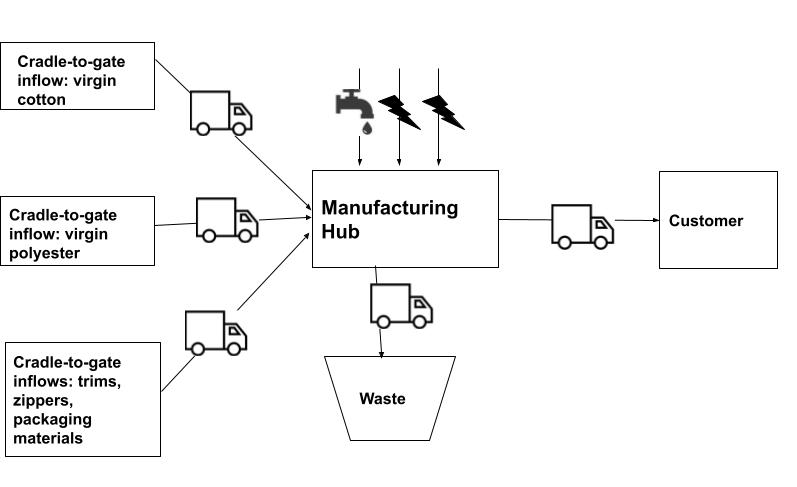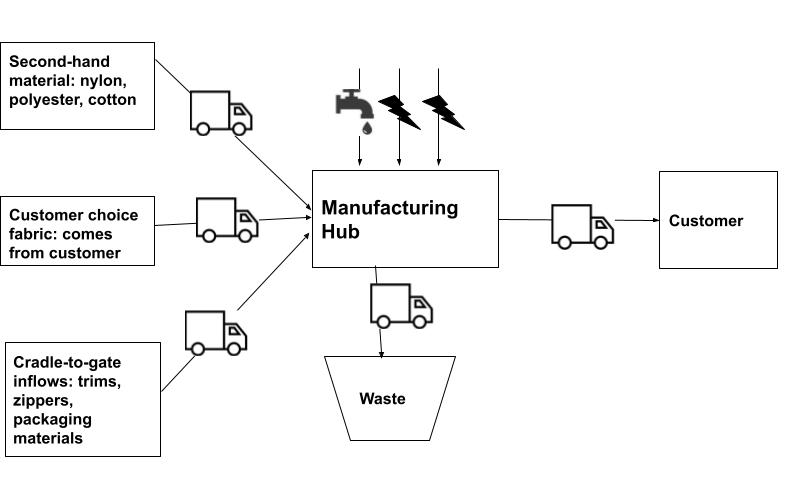
The Intergovernmental Panel on Climate Change estimates that plant-based diets could free up several million square miles of land and reduce global greenhouse gas (GHG) emissions by up to eight billion tonnes per year by 2050. There are, in fact, more immediate opportunities given the rapid market acceptance of plant-based meats. Hungry Planet, a producer of chef-crafted plant-based meats, and CleanMetrics teamed up to quantify this potential.
It is well known that plant-based foods have a much smaller environmental footprint than conventional meats. However, most of these comparisons (including past studies conducted by CleanMetrics) have involved plant foods that are not direct substitutes for animal proteins. Because Hungry Planet® meats are an authentic one-to-one match for conventional meats in taste, texture, and use, the comparisons presented in this study are more relevant to the question of how food production can be made more sustainable and climate friendly without compromising taste or nutrition.
LCA results
CleanMetrics used standards-based life-cycle assessments (LCAs) to evaluate eight product SKUs offered by Hungry Planet. The results showed that substituting Hungry Planet® meats for conventional meats could yield significant savings in cradle-to-gate GHG emissions, water use and land use:
- Hungry Planet® meats generate 42 to 89% lower GHG emissions than conventional meats.
- Hungry Planet® meats consume 62 to 91% less blue and grey water than conventional meats.
- Hungry Planet® meats require 52 to 79% less agricultural land than conventional meats.
Putting it in context
To put this in context, the table below shows hypothetical savings in GHG emissions, water use and land use that could be achieved in the US by switching to plant-based meats like Hungry Planet’s wide range of products. The total potential savings add up to as much as 25% of all US agricultural GHG emissions and water use. Moving away from conventional meats would also free up over 35 million acres of land occupied by agriculture.

There are also indirect climate benefits from switching to a plant-based diet. Wasted animal foods have 3.5 times the climate impact of plant-based foods on average due to the vast differences in the GHG emissions from production. So, switching to a plant-based diet can mitigate some of the worst climate impacts of food waste.
The choice of protein is one of the most powerful tools that we can deploy to meet climate goals and sustainability targets both at personal and corporate levels. It is also one of the easiest to act on given the wide availability of plant-based meats.




